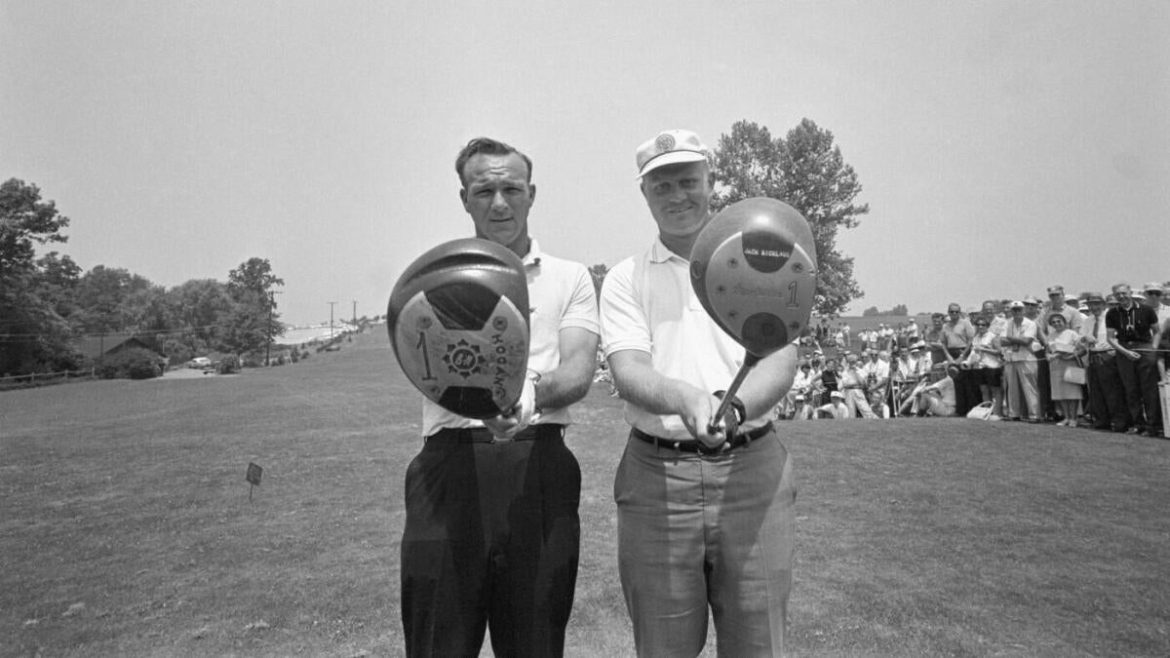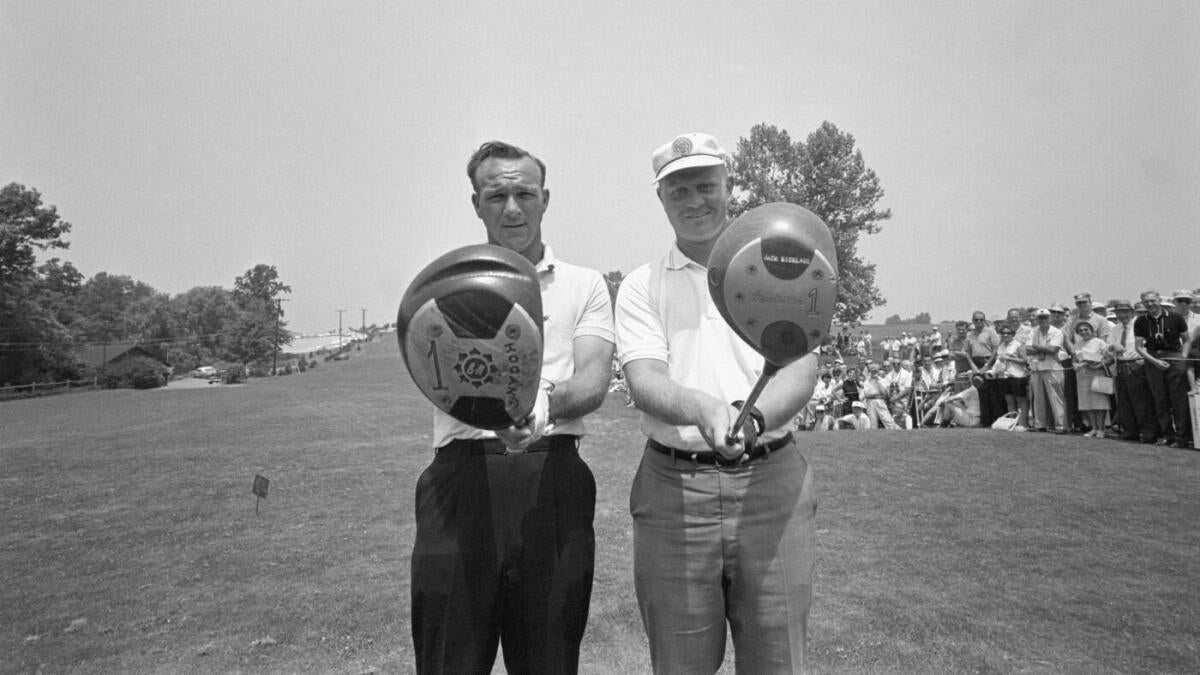The 1962 U.S. Open at Oakmont: A Defining Moment in Golf History
The 1962 U.S. Open at Oakmont Country Club stands as a landmark in golf history, not merely for the tournament itself but for what it symbolized—a changing of the guard from Arnold Palmer, golf’s reigning superstar, to a young Jack Nicklaus, who would go on to become one of the sport’s all-time legends. This event encapsulated the drama, rivalry, and evolution of professional golf, and its impact resonates even decades later.
—
Setting the Stage: Oakmont and the Titans of Golf
Oakmont Country Club, near Pittsburgh, has long been recognized as one of the most challenging and prestigious courses in America. With its punishing greens, strategic layout, and history of hosting major championships, Oakmont is a course that demands precision and resilience. By 1962, Arnold Palmer was already a dominant figure in golf—he was a five-time major winner and a charismatic fan favorite, especially in his own backyard of western Pennsylvania.
Palmer arrived at Oakmont with expectations high for a commanding victory in the U.S. Open, a tournament that had eluded him despite his other successes. The crowd was electrified by the prospect of Palmer conquering his hometown course, a narrative brimming with local pride and national intrigue.
Jack Nicklaus, at just 22 years old, was beginning to emerge on the professional scene. Though he was the reigning U.S. Amateur champion and had demonstrated extraordinary skill, few expected him to topple Palmer on such a grand stage. Nicklaus’s precise shot-making, calm demeanor, and tactical approach contrasted with Palmer’s aggressive style and magnetic charisma.
—
The Tournament: A Duel for the Ages
Over four grueling rounds, Palmer and Nicklaus matched each other stroke for stroke. After the regulation 72 holes, both were tied at one-under par, setting the stage for an 18-hole playoff that Sunday to crown the champion. The playoff itself took on an almost mythical status—a symbolic battle between the established hero and the ambitious newcomer.
In the playoff, Nicklaus displayed mental toughness and impeccable putting, ultimately defeating Palmer by three strokes with a score of 71 to Palmer’s 74. This victory marked Nicklaus’s first professional win and major championship, earning him a $15,000 prize along with a playoff bonus, while Palmer took home $8,000.
The competitive spirit was underscored by a well-known moment of camaraderie where Palmer playfully punched Nicklaus on the chin, a gesture that encapsulated both rivalry and mutual respect. The event was more than a mere contest; it was the beginning of a dynamic relationship between two of golf’s greatest figures.
—
The Impact on Careers and Golf History
The 1962 U.S. Open altered the trajectories of both players’ careers and the broader golfing world. For Nicklaus, the win at Oakmont was the launchpad for an unprecedented journey that would see him win 18 major championships, becoming “The Golden Bear” and arguably the greatest golfer of all time. This victory gave Nicklaus the confidence and recognition to dominate the sport for decades.
For Palmer, the loss was bittersweet. It was a rare defeat in his prime but did little to diminish his stature. Instead, it highlighted his competitive heart and enduring popularity. Palmer himself famously warned the golf world about Nicklaus after the tournament—a tacit acknowledgment that a new era was dawning.
The showdown at Oakmont symbolized more than a single championship; it represented a shift in golf’s cultural landscape. Palmer’s charismatic, risk-taking style appealed widely to fans, helping popularize golf beyond its traditional base. Nicklaus’s precision and strategic play introduced a new standard of excellence and professionalism. Together, their rivalry elevated the sport’s profile globally.
—
Oakmont’s Enduring Legacy in Golf
Oakmont Country Club remains a revered venue in golf’s history, largely because of moments like the ‘62 U.S. Open. The course has hosted multiple major tournaments, its walls adorned with champions who rose to the challenge. Nicklaus himself consistently cited Oakmont as one of the hardest courses he ever faced, underscoring the magnitude of his early triumph there.
The duel between Palmer and Nicklaus at Oakmont has been revisited countless times across media, serving as a teaching moment, inspiration, and a symbol of sportsmanship. It showcased golf at its most dramatic: a blend of youthful emergence and seasoned mastery, competition and respect, individual talent and mental fortitude.
—
Conclusion: A Timeless Chapter That Changed Golf Forever
The 1962 U.S. Open at Oakmont was far more than a tournament; it was a pivotal chapter that shaped the future of golf. Jack Nicklaus’s victory over Arnold Palmer wasn’t just a personal milestone but a symbolic passing of the torch that defined the “Golden Era” of golf. Their rivalry, born from this showdown, captivated audiences and elevated the sport’s cultural importance worldwide.
Oakmont’s unforgiving greens tested not only skill but character, and the players’ battle forged a legacy transcending scorecards. It remains etched in golfing lore as a moment of transformation, illustrating how competition can inspire greatness, ignite careers, and redefine history. The echoes of that summer day in 1962 continue to resonate every time the U.S. Open returns to Oakmont, reminding us of a duel that proved golf was entering a new, thrilling age.





